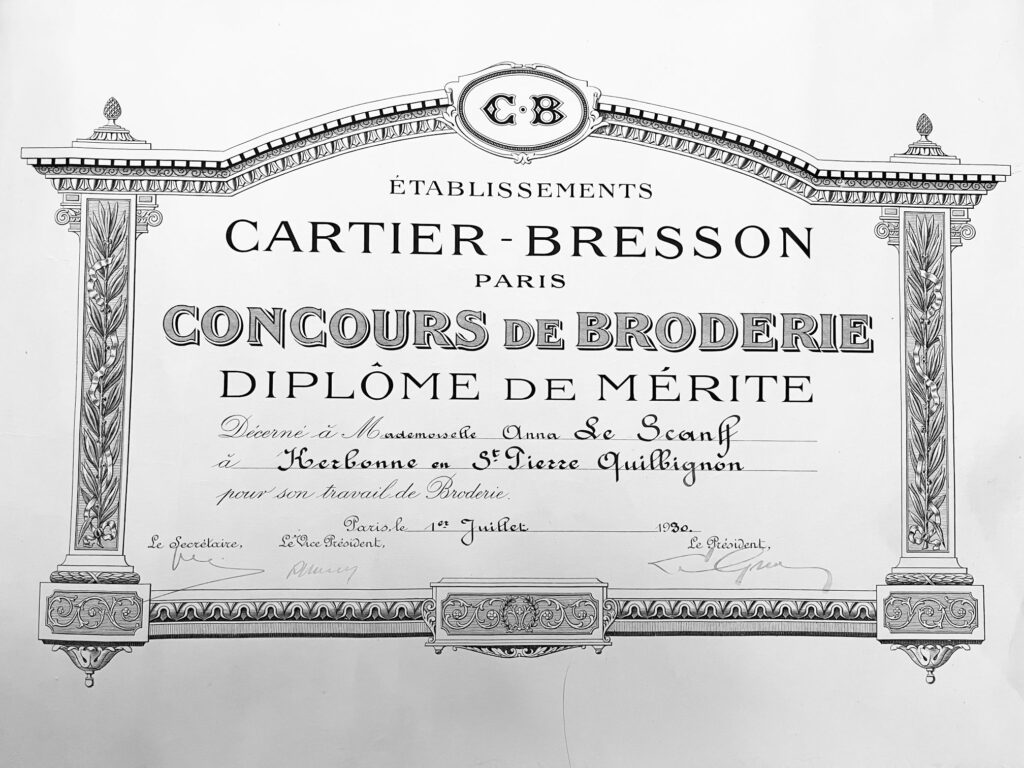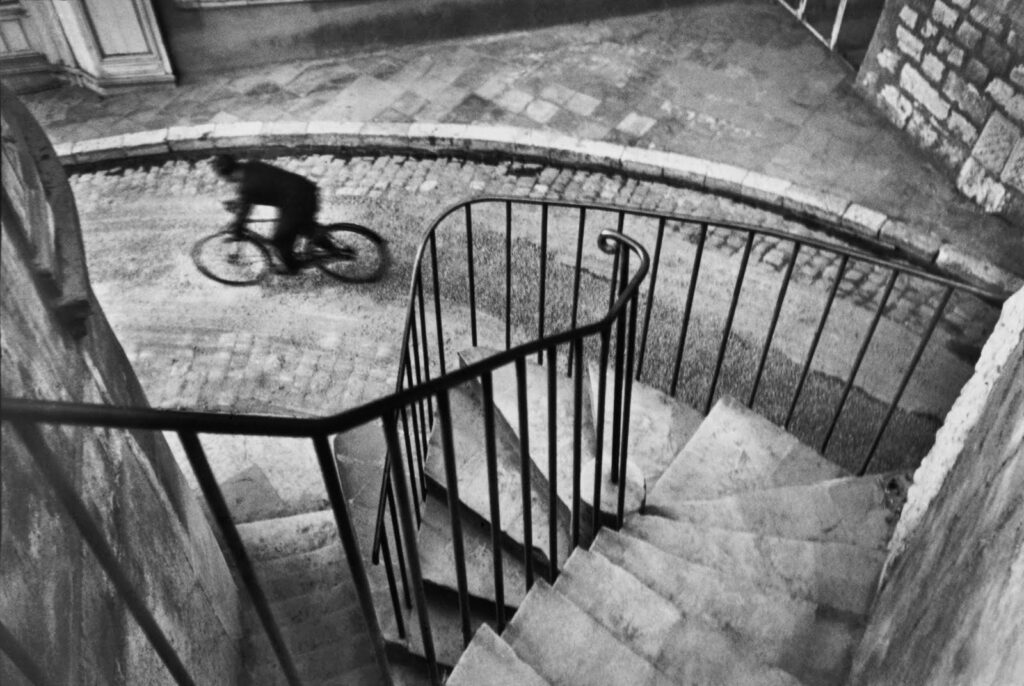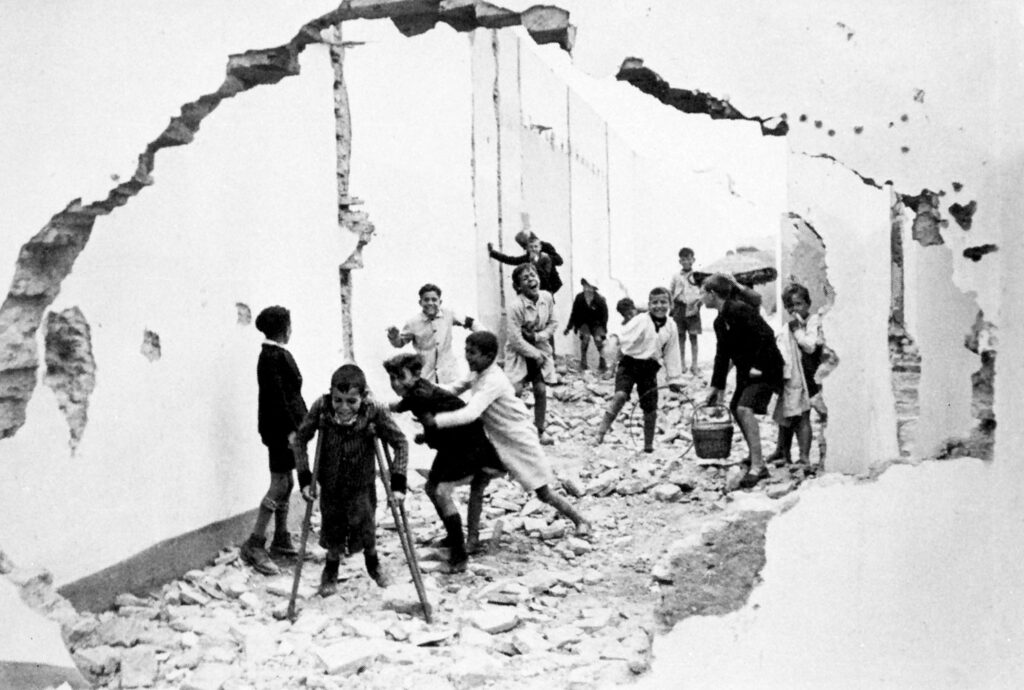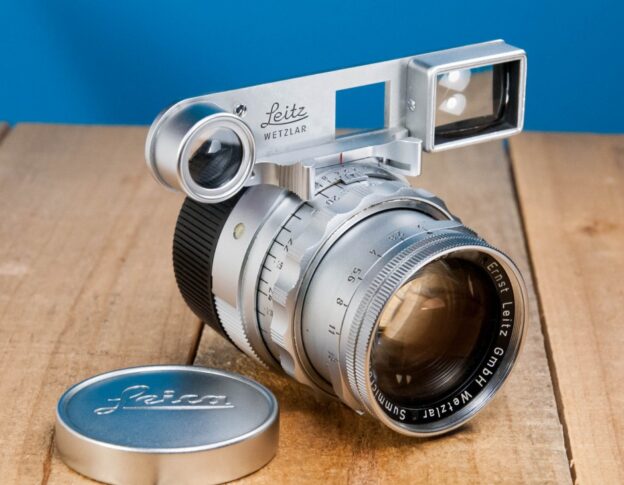According to now commonly accepted history, Henri Cartier-Bresson (“HCB”), Magnum Co-founder and Leica doyen, is claimed to have used a 50mm Summicron exclusively (he didn’t; he sometimes used a 35mm and in later years increasingly used a 90mm). Certainly, it is true that HCB found the 50mm ‘normal’ perspective conducive to his way of seeing the world, where all things could be put in their proper place to create a harmonious whole. According to HCB, the 50mm perspective on 35mm film “corresponds to a certain vision and at the same time has enough depth of focus, a thing you don’t have in longer lenses. I worked with a 90. It cuts much of the foreground if you take a landscape, but if people are running at you, there is no depth of focus. The 35 is splendid when needed, but extremely difficult to use if you want precision in composition. There are too many elements, and something is always in the wrong place. It is a beautiful lens at times when needed by what you see. But very often it is used by people who want to shout. Because you have a distortion, you have somebody in the foreground and it gives an effect. But I don’t like effects. There is something aggressive, and I don’t like that. Because when you shout, it is usually because you are short of arguments.”
*************

Born in 1908 HCB, came from an affluent French family who made their fortune in French textiles. The Cartier-Bresson family lived in upscale Paris, Rue de Lisbonne. His father was a wealthy textile manufacturer, whose Cartier-Bresson thread was a staple of French sewing kits. His mother’s family were Norman cotton merchants descended from minor royalty.
Think of HCB as a spoiled rich kid of bourgeois Parisians. Since his parents were providing financial support, Henri pursued his creative interests without concern for finances. HCB spent his twenties in Paris, pursuing a career as a painter without much success. In the 1920s, schools of aesthetic realism in both painting and photography were ascendant in Europe, each with a different view on the direction visual imagery should take. Influenced by the nascent Parisian surrealist movement – founded in 1924, Surrealism was the catalyst for the aesthetic that would define HCB’s photography – it championed the ordered emphasis of otherwise incongruous details of everyday life. Cartier-Bresson began socializing with the Surrealists and met a number of the movement’s leading protagonists, and was drawn to the Surrealist movement’s emphasis on order to influence his work. Surrealist theoretical training later helped him identify and resolve problems of artistic form and composition in photography.

In 1932 HCB bought his first Leica with a fixed 50 mm lens. It became his exclusive tool for photography. He felt that its relative anonymity photographing in a crowd or during an intimate moment was essential in overcoming the often unnatural behavior of those who were aware of being photographed, enhancing his ability to capture the world in its actual state of movement and transformation. He painted all shiny parts of the Leica with black paint, giving birth to a Leica affectation that lives on today.
He photographed throughout Europe. In the beginning, not much in his native France. It would be years before he photographed extensively France. The surrealist photos taken during his travels in Mexico and Europe in the mid-30’s brought him recognition in New York as an European ‘art-photographer’. Upon his return to France in 1937, he turned increasingly to ‘straight’ photojournalism after apprenticing as a film director with Jean Renoir.
*************


From HCB’s photographic youth until the dawning of the digital era, the 50mm perspective was considered the ‘normal’ focal length for 35mm. When you purchased a 35mm film camera, invariably it came along with the manufacturer’s 50mm, either a cost-effective f2 or 2.8 or a ‘fast’ f1.8 or 1.4. This was true even of the era of the M film Leica, where the standard first lens for Leicaphiles would be a 50mm, Summar, Summicron, Elmar or later the fast 1.4 Summilux. I attribute this to HCB, even for those who were buying Nikons and Canons. Optical manufacturers claimed the 50mm reproduced ‘normal’ vision, and, as such, constituted the perfect optic for amateurs who were content to use their cameras to document normal life – family, travel, the ubiquitous beach and sunset photos in the manner of the naturally oriented, uncluttered and easily scannable documentary aesthetic of Cartier-Bresson, Doisneau, Kertész etc.
As an aside, part of what made Robert Frank’s photography so unique was its skewed perspectives so unlike to mannered 50mm look, all while still using a 50mm Nikkor on his Leica III. He did so with tilted horizons and de-centered and defocused subjects and, of course, a unique vision. From there it was a easy movement for 60’s era street photographers like Lee Friedlander and Garry Winogrand to further Frank’s aesthetic via use of wider optics, Winogrand known for his use of a 28mm, Friedlander a 21mm. Now normalized, 60’s and 70’s era ‘documentary photographers like Josef Koudelka, less interested in aesthetics than including the necessary, took to 35 and 28mm optics as their standard lenses. Remember, at this stage in optical development, zooms were a non-issue due to bulk and grossly inferior optical quality.

Beginning in the 60’s, wide angle perspective increasingly came to dominate among ‘serious’ documentarians and those giving birth to the nascent category of photography we now refer to as ‘street photography.’ These ‘wide angle’ lenses – 28, 24, 21mm – gave a perspective with heightened foregrounding and decreased linear conversion. Set against this change backdrop, they also caused the 35mm Summicron to be increasingly seen the ‘standard’ lens to mate with the Leica M. At the same time, the 50mm became a secondary ‘short telephoto’ lens, something to be used when the subject needed to be pulled closer in, when more linear perspective was needed ( in layman’s terms a ‘flatter’ image where receding converge), or when shallower depth of field took on an aesthetic characteristic (the larger the mm perspective a lens possesses, the shallower the inherent depth of field).
And so, we are where we are today. The ‘standard 50’ is a thing of the past. Variable focal length lenses (Zooms) are now preferred options, fixed lens of any length mostly an historical curiosity limited to hard care Leica users. Most new cameras come with a ‘kit lens’ zoom that starts with a wide focal length (usually something around a 21mm but often even shorter) and runs up to 70mm and beyond. In the pre-computerized era, where lenses were designed without recourse to computer modelling, zooms were of bulky and of questionable optical character. Modern optical technology has made choosing a standard lens superfluous; modern zooms mostly equal the optical quality of fixed focal length lenses without the added bulk.
Of course, for a traditional optical rangefinder like a digital or film M, a zoom isn’t a choice (The live view M240 being an exception), but even so, quick perusal of the average ‘street photography’ internet forum is dominated by wider optics – the 28 and 21mm focal lengths in particular, probably a legacy of the aesthetic pioneered by Winogrand, Friedlander et al. Granted, there are purists who still bemoan what they consider the convoluted perspectives of wider lenses, where foregrounds dominate with everything behind them in focus, but they tend to be naive photographers using their cameras for recordation of fact and not primarily aesthetic purposes, except maybe to engage in comparative bokeh exercises. They are the heirs of HCB.
For myself, I still prefer a fixed focal length lens on my Leicas and Nikons and Sigma Foveons, but don’t find much need for a standard 50 and actually try to avoid it when using lenses on APS-C sensors like my Nikon D220 (I use a 24mm which, wit crop factor equals a 35mm on a film camera) or a 20mm on my 1.7 crop Sigma SD15 (which works out to approximately 40mm on a 35mm film camera). For my M240 and M9 Monochrom, I use a 35mm VC 2.5 exclusively (like most VC optics for the Leica, a remarkable optic for the money). Having come of age photographically in the 70’s, my standard optical length is a 35mm, which I consider to give a normal perspective. If I want wide I’ll use a 21mm. As for the 28mm focal length, I’ve never gotten on with it. It seems a perspective in need of a subject, an inferior substitute for a 21mm capable of slamming foregrounds in the viewers face. If you’re going for that look, why do it by halves? I do own a number of 50mm optics ( for my Leica I have a few cheap Jupiter-8’s and an impressive TTArtisans f1.1 50mm) but they stay on the shelf rarely if ever used except when I take an occasional portrait or need to isolate detail at the expense of the whole. Or when I want bokeh (which is never). In this sense, I’m a photographic heir of Friedlander, Koudelka, Trent Parke. As I’ve noted before, while I admire HCB, I find his work too flat and mannered for my tastes. That probably has a lot to do with the 50mm perspective he employed.

